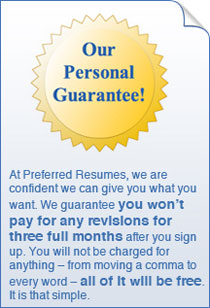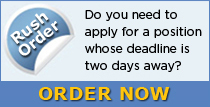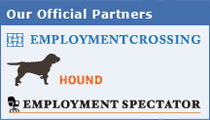Quantifying your resume
|
|
Your professional experience should not only showcase the activities you have done in your previous jobs, but should demonstrate your qualifications in the way that motivates employers to want to know more. Of course, we are referring to results, any tangible, measurable items that are impacting to the bottom line. Let your employers know that your project came within budget, that you exceeded the timeline, that you acquired X number of new customers, or that you increased sales by a double-digit percentage. Employers can wrap their minds around numbers, because they are focused on them daily. You want to let your potential employer know that you can think in the same way they do and that you take results into serious consideration as your perform your job on day-to-day basis.
To get started with your work history, begin each description with a power word, such as managed, developed, communicated, etc. Do some research and use only the power words and phrases that are appropriate for your industry. Make sure that the statements you list first under your job responsibilities quantify your achievements – don’t be afraid to list sales figured, customer acquisition rates, budget and timeline successes, or any other figures which help put your responsibilities in a context of the business/field you are working in. Be specific. The only way your statements are truly quantified is if you include numbers. Saying that you acquired new customers is significantly different from saying that you increased the customer database by 10%. As mentioned above, this is the most critical aspect of listing your job descriptions on your resume. Your employer wants to know not only what you did, but how well you did it. Also, these statements should be aligned with your career objective you included at the top of the resume. If you want to get a job in project management, letting your employer know that you managed a team of 20 people and the overall results you achieved will effectively highlight your qualifications. It is important to quantify your job description statements on your resume; however, as a word of caution, do not quantify all statements, just one or two that are most critical to your job and are goal driven. This shows your employer that you think in terms of exceeding your goals. All subsequent descriptions of your responsibilities should support the first one or two items on your list.
As a final test, put yourself in the shoes of your employer. Cross-check the job description and make sure that you address the qualifications required for the job with the information on your resume. Let your potential employer know you have what they are looking for, and you’ll be sure to make a great impression.




